Ssaenggwabang à Gyeongbokgung (경복궁 생과방)
9.3Km 2021-05-07
Seoul, Jongno-gu, Sajik-ro 161, Gyeongbokgung
02-3210-4807, 02-3210-3506
Le programme de la chambre 'ssaenggwabang' à Gyeongbokgung désigne un espace permettant de profiter des mets typiques de la royauté en Corée.
Promenade à la lueur de la lune à Gyeongbokgung (경복궁 별빛야행)
9.3Km 2023-09-12
161, Sajik-ro, Jongno-gu, Seoul
1522-2295
Profitez de cet événement pour découvrir ce haut du patrimoine culturel en Corée dans une nuit d'automne. Profitez de divers programmes comme des concerts de musique traditionnelle, des dégustations de plats traditionnels, des visites guidées, etc.
Bukchonmaru hanok guesthouse [Korea Quality] / 북촌마루한옥게스트하우스 [한국관광 품질인증]
9.3Km 2020-09-10
152, Changdeokgung-gil, Jongno-gu, Seoul
+82-10-3253-8751
Bukchonmaru Hanok Guesthouse is located between “Bukchon Views 2 and 3” on a hill in Bukchon Village in Seoul. This two-storied hanbok building with a terrace, which is rarely found among other hanok structures in the area, offers a splendid view of Seoul. In particular, the summit of a hill next to the main gate of Choong Ang High School where the guesthouse is situated is known as the filming location for the famous Korean TV series Winter Sonata (2002). When you open the main gate and go up to the first floor, a small yard is seen with a group of jars on one side. After entering the sliding door through the yard, there is daecheong maru (main floored room) that features the doors opening in all directions and a high ceiling with rafters, making the space open and cozy. The hanok building consists of two floors – the ground floor is equipped with special furniture, a jar table and a log chair made by the owner, and on the first floor are guestrooms comprised of one large room and two small rooms. The neat and clean rooms are designed in a simple way and have lovely bedding with the pattern of five cardinal colors. Its staff members can speak English and Chinese to communicate with guests from other countries. Every morning, guests engage in animated conversation while enjoying a Korean home-style breakfast prepared by the owner in a friendly atmosphere. After having breakfast, if guests want, they can try on traditional Korean clothes (hanbok) and take photographs inside and around the guesthouse to create interesting memories. The guesthouse also provides a hanbok rental service (KRW 30,000 for a day) and tourists wearing traditional Korean clothes can enter both Changdeokgung Palace and Gyeongbokgung Palace, which can be reached on foot within 10 to 15 minutes, free of charge. Moreover, guests can enjoy an open view of the area including Gahoe-dong, Gye-dong and even the lights of the Namsan Seoul Tower at night from the roof top.
Jeonju Sikdang (전주식당)
9.3Km 2021-03-25
5-6, Yeouidaebang-ro, 61-gil, Yeongdeungpo-gu, Seoul
+82-2-843-6652
It is a dish made by steaming, seasoning, and braising Pollack with various vegetables. This Korean dishes restaurant is located in Yeongdeungpo-gu, Seoul. The representative menu is braised half-dried pollack.
Yeonghwiwon et Sunginwon (서울 영휘원과 숭인원)
9.3Km 2021-02-26
90, Hongneung-gil, Dongdaemun-gu, Seoul-si
+82-2-962-0556
La structure des tombes de Yeonghwiwon et de Sunginwon est simple et raffinée. Cette simplicité qui contraste avec les tombes des rois provient du fait que ces tombes n’abritent qu’un prince et une concubine. En Corée, sous la dynastie Joseon (1392-1910), la hiérarchie était très codifiée. Cette même hiérarchie se traduisait aussi à travers la structure des tombes. Celles des rois et des reines sont appellées “Neung”, elles sont plus vastes et plus fastueuses. A l’inverse, celles des princes et des concubines appellées “won” sont plus simples.Yeonghwiwon et Sunginwon abritent les corps de Sunheon (1854-1911) une concubine du roi Kojong ainsi que Ijin, un prince descendant de Kojong (1921-1923).De composition similaire mais de taille plus grande que l’entrée des tombes, apparaît en premier lieu la Porte Rouge qui délimite l’entrée d’un lieu sacré. Au delà de la porte apparaît ensuite un chemin de pierres qui mène à un sanctuaire en forme de T. C’est à ce sanctuaire en forme de T (jeongja gak) qu’on lieu les rites de vénération aux ancêtres. Les sculptures en forme d’animaux perchées sur le toit y sont remarquables. Ces sculptures ont pour but de repousser les mauvais esprits. A côté du sanctuaire a été élevée une stèle enchassée dans un pavillon, elle permet de connaître l’identité des défunts. Dérrière le sanctuaire se trouvent les tombes. Les statues qui veillent sur ces tombes sont particulièrement amusantes. L’ancien sanctuaire qui fait maintenant office de bureau de gestion du site vaut le coup d’oeil. Les structures en ont été conservés telles quelles. L’automne est la période la plus recommandée pour visiter le lieu en raison de la teinte automnale que prennent les arbres. C’est un lieu de promenade agréable pour son calme et la beauté de son chemin en pierre. Il est très fréquenté par les familles et les couples.
Marché Dongnimmun Yeongcheon (독립문영천시장)
9.3Km 2023-01-16
189-1, Tongil-ro, Seodaemun-gu, Séoul
Créé dans les années 1960 près de la porte Dongnimmun dans l'arrondissement de Seodaemun-gu, le marché Yeongcheon est un marché traditionnel avec plus de 50 ans d'histoire. Autrefois, il était connu comme marché emblématique de Séoul dédié notamment aux gâteaux de riz. La ville de Séoul a désigné les environs de la rue de Yeongcheonsijang-gil comme « patrimoine futur de juillet » en 2021.
Ce grand marché traditionnel avec près de 198 magasins est réputé comme un marché où environ 40 % des magasins vendent une grande variété d'aliments, y compris le tteokbokki et le beignet torsadé.
Luden Loquen SPACE (카페LN)
9.3Km 2019-11-26
5, Bukchon-ro 5na-gil, Jongno-gu, Seoul
+82-2-722-7597
Luden Loquen SPACE is a unique hanok cafe, located at the end of the alley where Bukchon Hanok Village starts. The cafe is not just an average café where you can drink tea or coffee but because of location and design it has an added sense of cultural value. Locals come to enjoy the best tea in town, brewed using high quality tea leaves with information on its origin attached. In addition to traditional drinks and sweets, the coffee shop offers a variety treats that combines Korean ingredients and modern desserts. The hanok building has been reinterpreted through a modern design.
Yakinoyuki - Gil-dong Branch (아키노유키 길동)
9.3Km 2021-03-29
50-7, Olympic-ro 70-gil, Gangdong-gu, Seoul
+82-2-488-6923
It is a Japanese pub serving a variety of dishes. The best menu at this restaurant is grilled patagonian toothfish. This Korean dishes restaurant is located in Gangdong-gu, Seoul.
Ttosuni Sundae (또순이원조순대)
9.3Km 2020-06-16
14, Sillim-ro 59-gil, Gwanak-gu, Seoul
+82-2-884-7565
“Ttosuni Sundae” first started as a small street stand in 1976 and soon became the biggest sundae (blood sausage) restaurant in Sundae Town. Many people visit Ttosuni Sundae because it has been introduced several times through various mass media. White sundae is the most popular dish due to its delicate taste of fried sundae with various vegetables. Sundae guk (blood sausage soup), as well as fried sundae are frequently enjoyed, especially in winter. The dining area is large enough for group gatherings.
Yutaro (유타로)
9.3Km 2021-03-29
56-6, Olympic-ro 70-gil, Gangdong-gu, Seoul
+82-2-478-6999
It is a traditional Japanese ramen restaurant frequented by many gourmets. This Japanese (cuisine) restaurant is located in Gangdong-gu, Seoul. The representative menu is instant noodles.
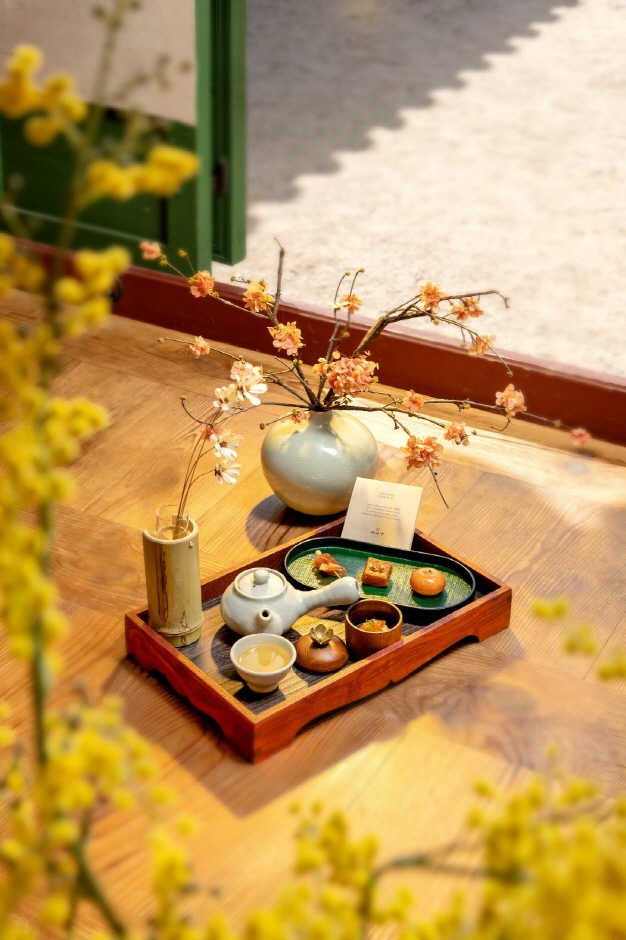
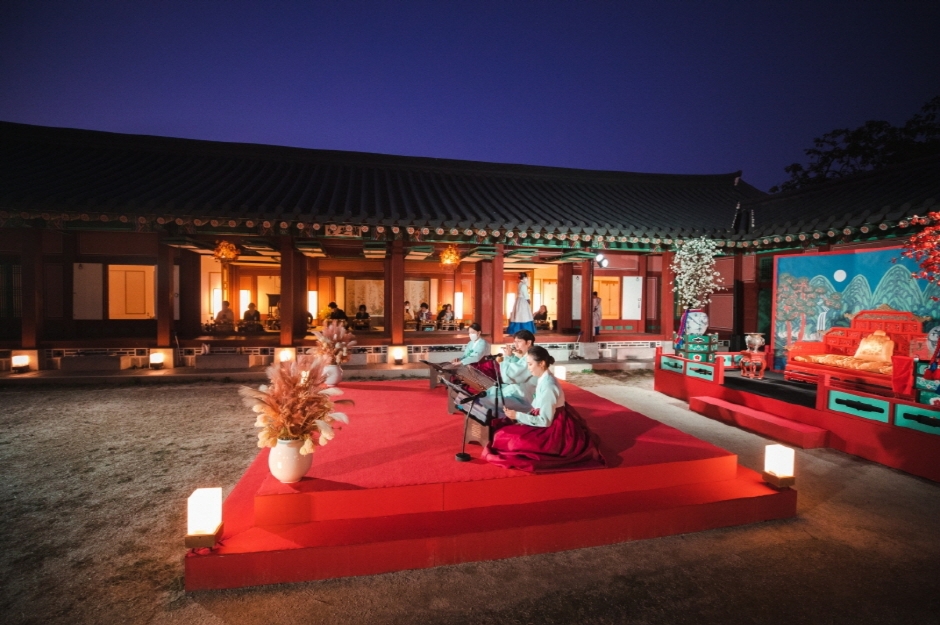
![Bukchonmaru hanok guesthouse [Korea Quality] / 북촌마루한옥게스트하우스 [한국관광 품질인증]](http://tong.visitkorea.or.kr/cms/resource/32/2574032_image2_1.jpg)

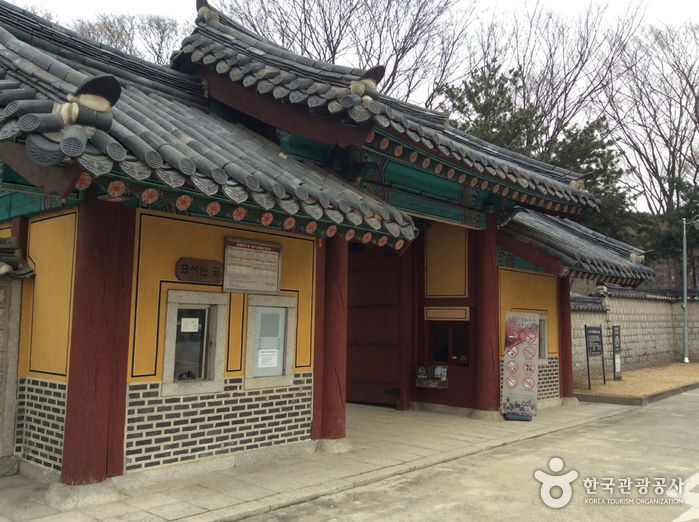


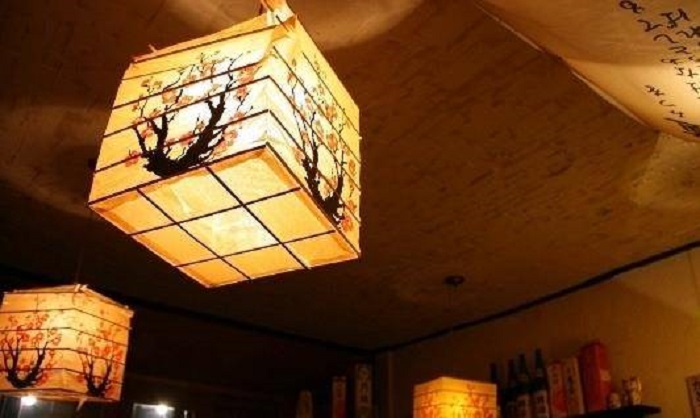
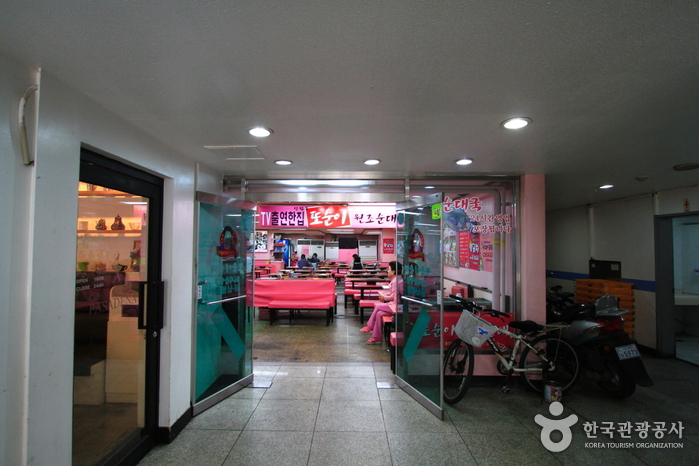
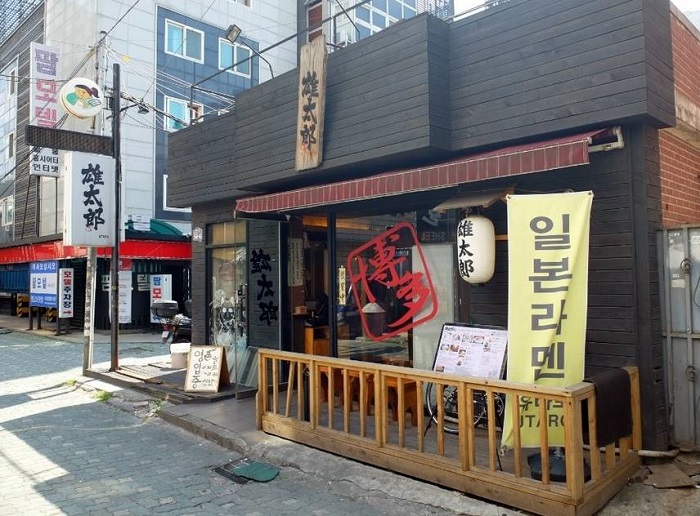
 Français
Français
 한국어
한국어 English
English 日本語
日本語 中文(简体)
中文(简体) Deutsch
Deutsch Español
Español Русский
Русский